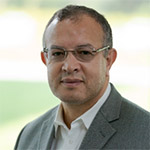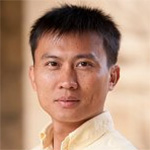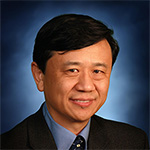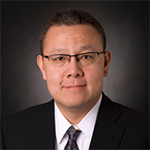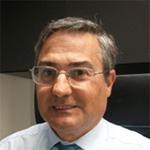Workshop 1 – Advances in Lithium-ion Battery and Beyond
Workshop 2 – Emerging semiconductors for photovoltaics application
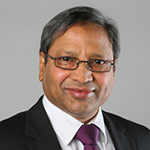 |
Perovskite Solar Cells The Road Towards Commercialization By Prof. Mohammad Khaja Nazeeruddin Ecole Polytechnique Federale de Lausanne, Switzerland. |
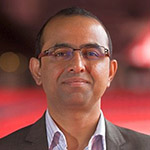 |
Reduced trap density and mitigating the interfacial losses by placement of mitigator By Prof. Shahzada Ahmad BCMaterials-Basque center for materials, applications & nanostructures, Leioa, Spain. |
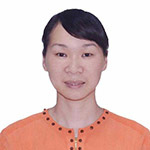 |
A-DA’D-A type acceptor based organic solar cells By Prof. Yingping Zou Central South University, China. |
 |
Interlayers in organic and perovskite solar cells: The impact on performance and device stability By Prof. Morten Madsen University of Southern Denmark, Denmark. |
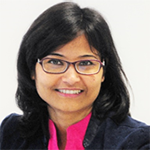 |
Designing of Organic semiconductors as hole selective layer for perovskite solar cells By Dr. Samrana Kazim BCMaterials-Basque center for materials, applications & nanostructures, Leioa, Spain. |
 |
Inter-molecular charge-transfer states for organic solar cells. Prof. Koen Vandewal Hasselt University, Belgium. |
Workshop 3 – CSP and thermal storage development perspectives
 |
Next Generation of CSP plants: hybridization with PV and supercritical CO2 cycles – the EU R&D perspective and the SolarSCO2OL project By Dr. Rafael Guedez KTH Royal Institute of Technology in Stockholm, Sweden. |
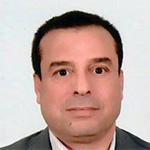 |
Storage Mix to Enhance Renewable Penetration, Noor Midelt an Innovative CSP/PV Hybrid Power Plant Mr. Abderrahim Jamrani Technical Director of Masen (Moroccan Agency for Sustainable Energy), Morocco. |
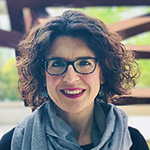 |
CSP hybrids – Abengoa’s View on Future of CSP and Thermal Energy Storage Dr. Cristina Prieto Head of Innovation, Abengoa, Spain. |
Workshop 4 – Energy Efficiency in the Buildings and construction sector
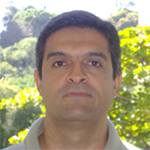 |
Selection and Calibration of Models of Water Sorption in Porous Building Materials By Prof. Helcio R. B. Orlande Escola Politécnica, Federal University of Rio de Janeiro, Brazil. |
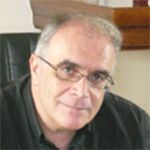 |
Fighying Urban Overheating. Recent progress of Urban Mitigation Technologies By Prof. Matthaios Santamouris University of New South Wales, Sydney, Australia. Co-Editor in Chief of Energy and Buildings, Elsevier. |
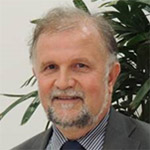 |
IAQ and ventilation at the covid19 time By Prof. Francis Allard La Rochelle University, France. |
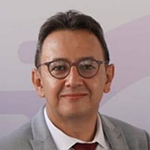 |
Building and systems performance enhancement using Latent Energy Storage By Prof. Mohamed El Mankibi Research Director, ENTPE/university of Lyon, France. |
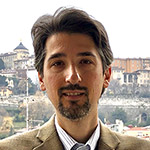 |
Simulation-based optimization methods for ZEBs design: insights and beyond By Dr. Enrico Fabrizio Asso. Professor, TEBE Research Group, DENERG, Politecnico di Torino, Italy. |
Workshop 5 – Power-to-X
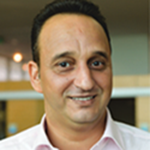 |
From MOF Design to Applications: Enabling Materials for Energy and Environmental Sustainability By Prof. Mohamed Eddaoudi Distinguished Professor of Chemical Science. Director, Advanced Membranes and Porous Materials Research Center at KAUST, Saudi Arabia. |
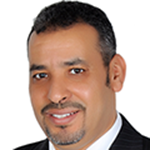 |
The role of plasmonics to enhance water splitting and hydrogen generation By Prof. Mustapha Jouiad Picardie Jules Verne University, France. Guest Editor: Journal of nanomaterials, MDPI (IF 4,3). |
 |
Towards Harnessing Local Minerals as low-Cost Catalyst Extruded as Honeycomb Monolith for Syngas Production By Prof. Tarik Chafik FST, Abdelmalek Essaadi University, Tangier, Morocco. |
 |
Multi-absorber systems for efficient solar-driven artificial leaf structures By Prof. Thomas Hannappel Ilmenau University of Technology, Germany. |
Workshop 6 – Digital Technologies in Solar Energy
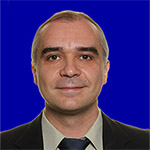 |
Living Microgrids By Prof. Josep M. Guerrero IEEE Fellow, Center for Research on Microgrids, Aalborg University, Denmark. |
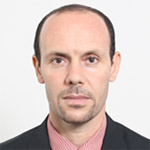 |
The Role of Power Electronics in Providing a Sustainable Energy Supply By Prof. Saad Mekhilef Dean of Faculty of Engineering, University of Malaya, Kuala Lumpur, Malaysia. |
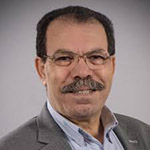 |
Multiphysics analysis for the prediction of performance, degradation and fatigue failure of PV panels By Prof. Said Ahzi Strasbourg University, France. |
Special Session 1: Magnetocaloric refrigeration
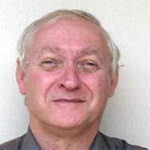 |
Magnetocalorics of frustrated Fe2P type-compounds. Two examples: MnRh1-xRuxAs with intricate fundamentals and Mn2-xFexP1-ySiy, for promising cooling applications By Prof. Daniel Fruchart Institut Néel, CNRS, Grenoble, France. |
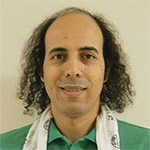 |
Quantum Magnetic Materials for Hydrogen Storage By Prof. Mohamed Balli International University of Rabat, Morocco. |
Special Session 2 – Biomass and Biogas Energy in circular economy context
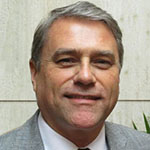 |
Biogas: Pathways to 2030 By Dr. David Newman President of World Biogas Association, UK |
 |
Exploring Alternative Models for Rural Biogas Provision in Africa By Prof. Cristina Trois School of Engineering, University of KwaZulu-Natal, Durban, South Africa. |
Special Session 3 – Wind Energy: Electric Production and Grid Integration
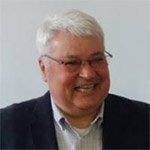 |
Location and size optimization of distributed generator systems – Case study: Hybridization concept for horizontal axis wind / tidal systems By Prof. Cristianis Nichita Professor Emeritus at the University of Le Havre Normandy, France. |
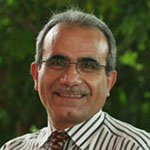 |
Wind Farm; Factors to be Considered for a Successful Project By Prof. Ahmad Zahedi James Cook University, Queensland, Australia. |

